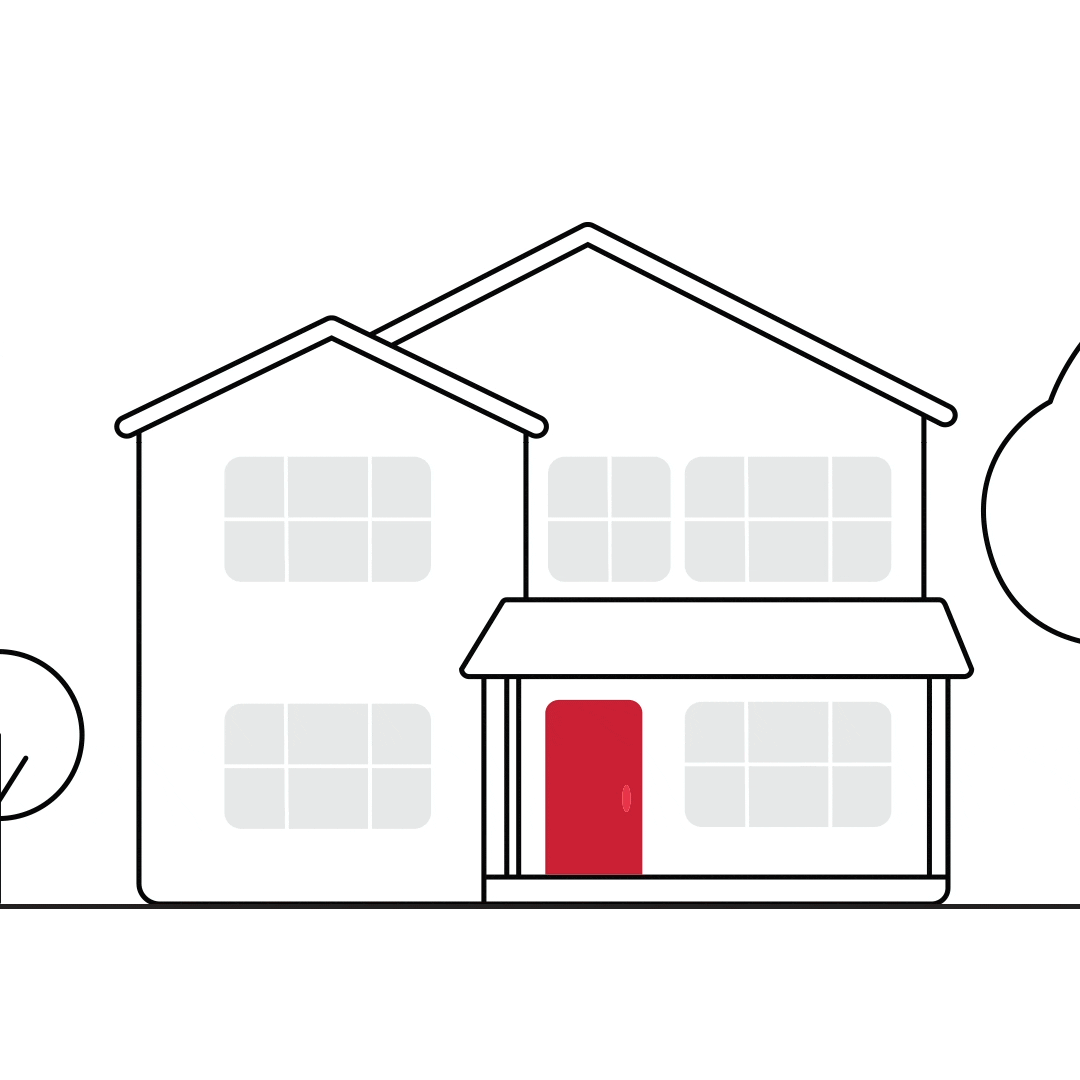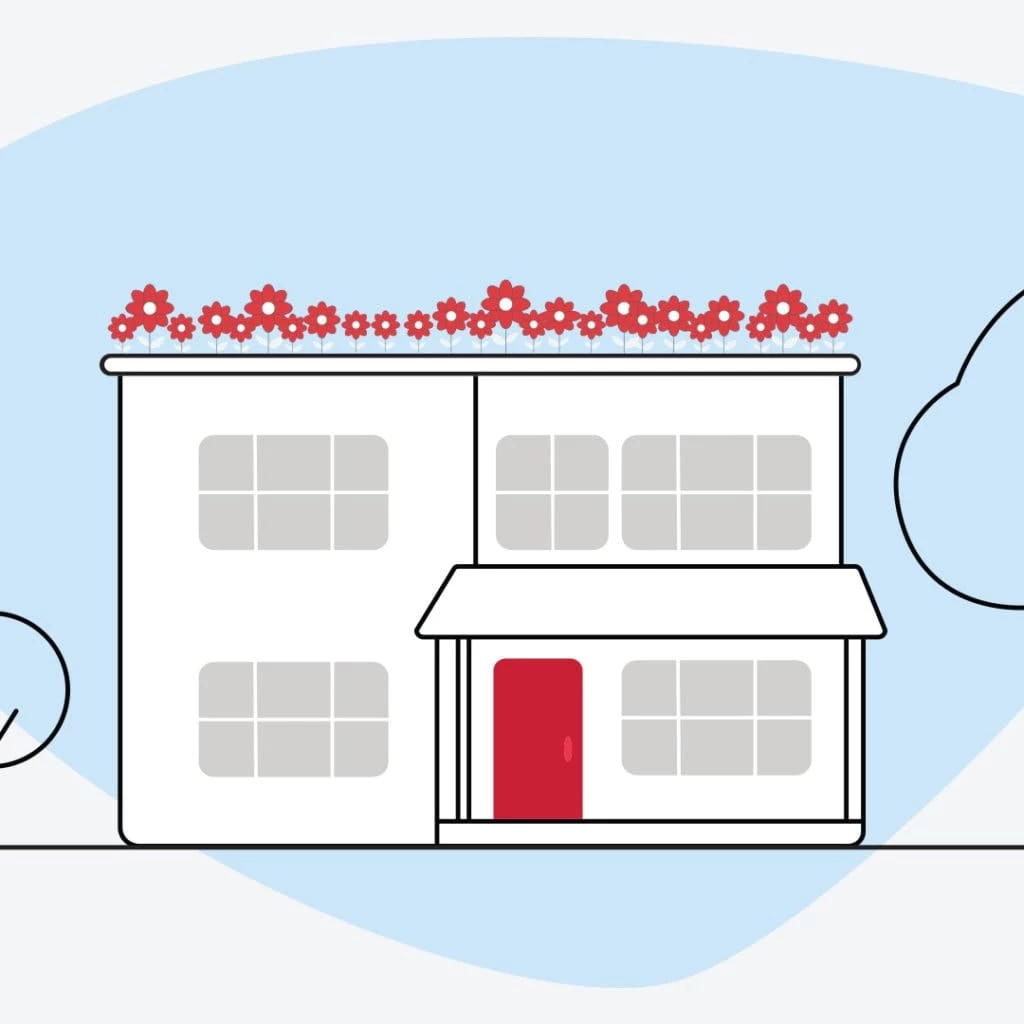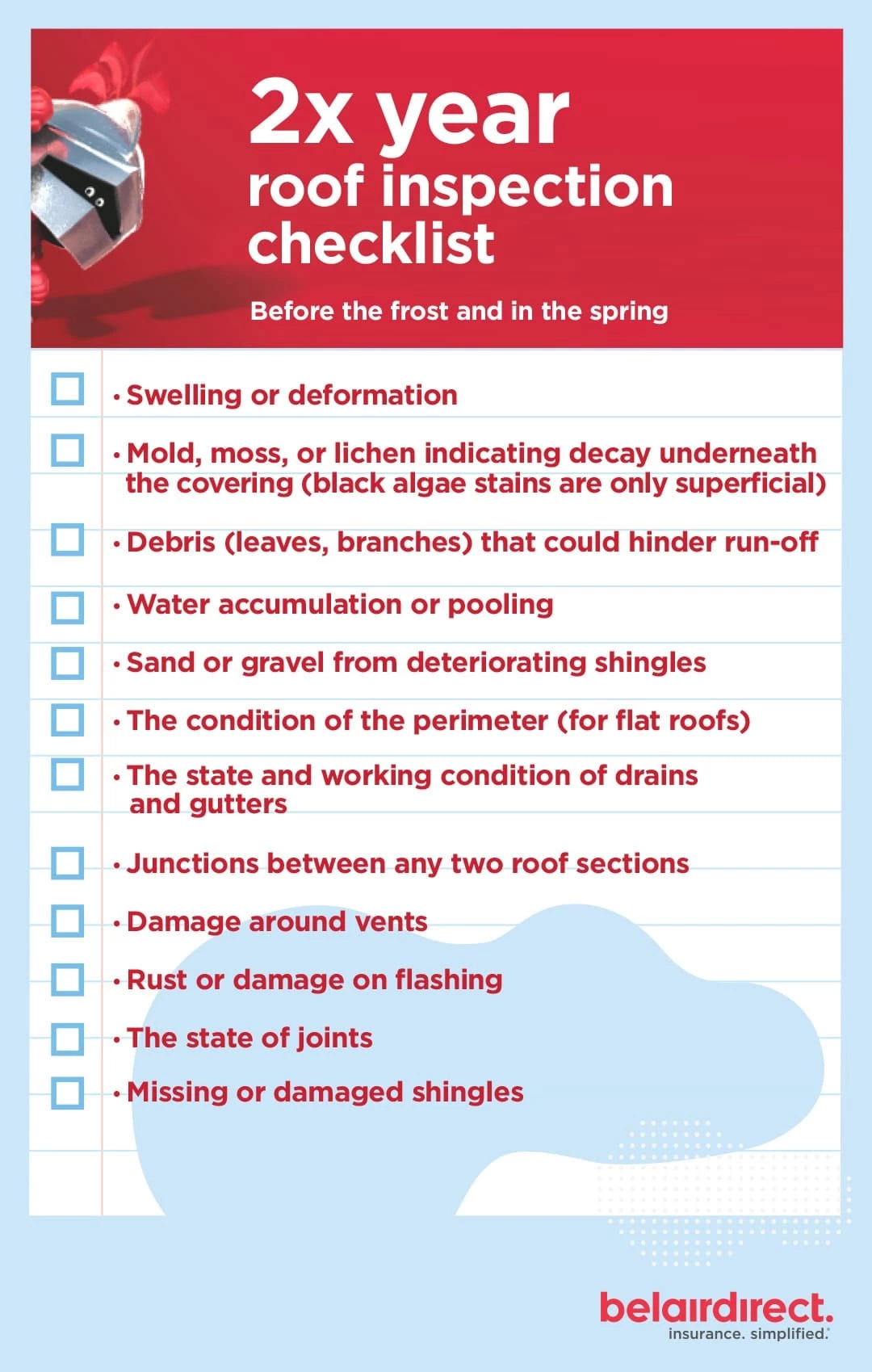Your Top-Down Roofing Toolkit
GREEN ROOFS
|
ROOF CARE AND MAINTENANCEWhen it comes to maintenance, there are a few simple things you can do to keep your roof in good condition for as long as possible. If you live somewhere that gets heavy snowfall, “having snow removed from your roof during winter is of primary importance,” says Pierre, who explains that ice dams are one of the leading causes of water infiltration. “They form between the roof and the gutter, blocking melting run-off so that water seeks out alternate routes, like in between shingles.” That’s why it’s so important to prevent ice buildup with regular snow removal. However, if you don’t get that much snow, it’s safer and may be more practical to skip going up on your roof altogether. You should also ensure your gutters are cleared and in good working order, so they allow water to run off. Most gutters have a screen to keep out debris. Check that it’s intact and that the gutter itself is not damaged. Even if they don’t have screens, clean out your gutters and remove anything that could block the flow of water. ROOFS AND INSURANCERules surrounding roofs and insurance vary by province. But one important thing to remember is that an insurance policy is not the same as a renovation or a maintenance policy. That’s why it’s important to maintain your roof, and to have it inspected and even replaced when needed. If you have any questions related to insurance, give us a call or get in touch with us on social media. We’ll make sure you get to speak with a licensed agent who can answer all your questions. THE BOTTOM LINEWhen it comes to roofing, there’s a lot to consider and a lot at stake. But making sure you’re informed can make choosing and caring for your roof a lot easier. Before building, make sure to review all your options. When in doubt, consult an expert. That way you’re sure to come out on top. Also be sure to invest in the right home insurance coverage to protect your roof and everything underneath it. |





